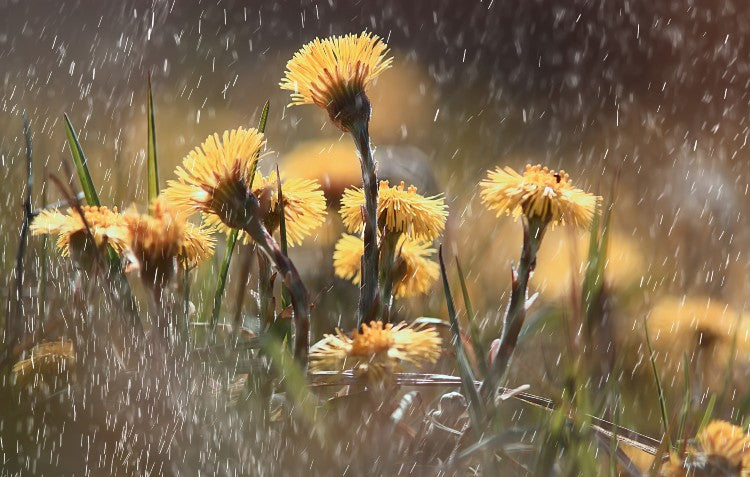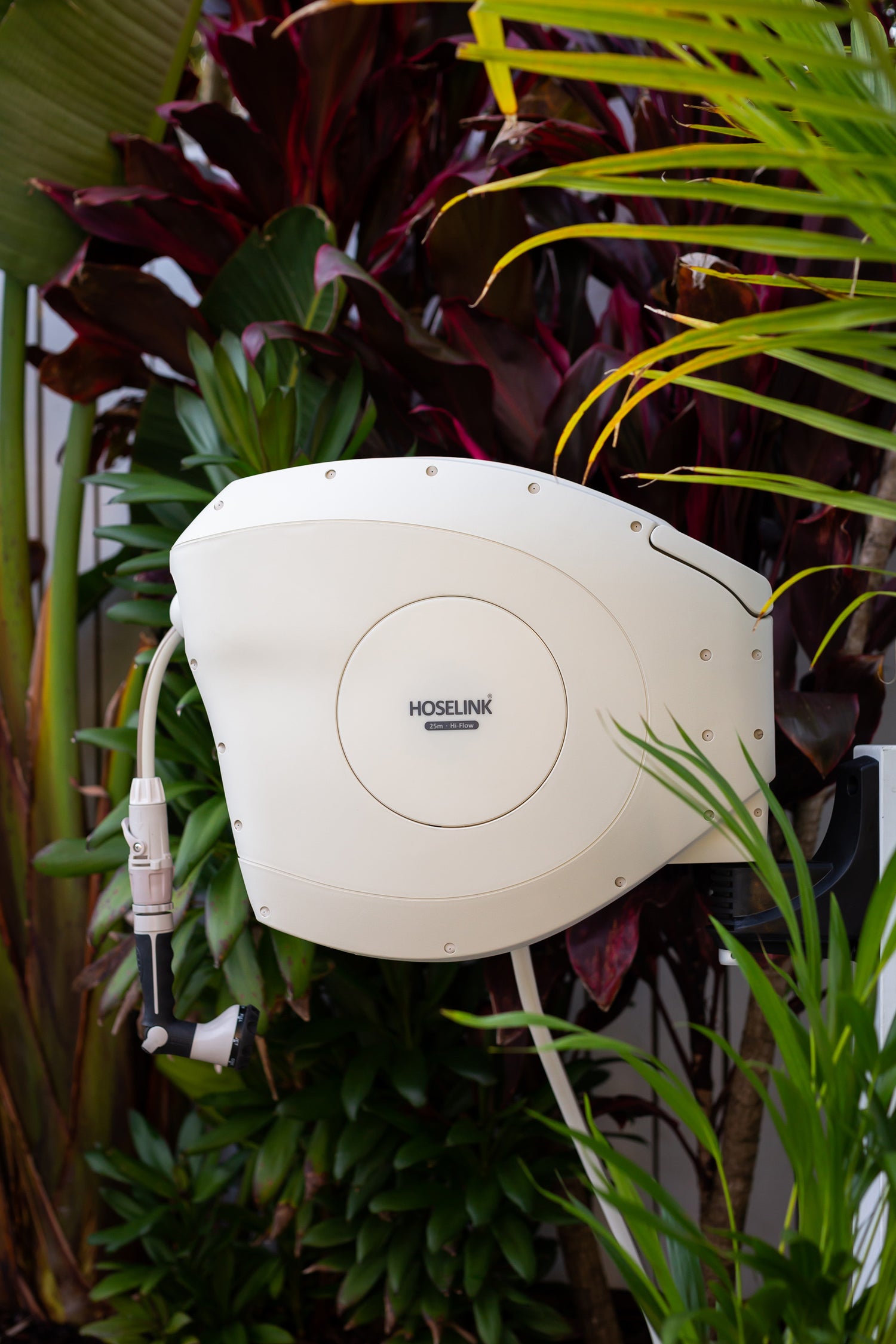Australia has seen some of its heaviest rainfall in a long time, leaving many gardens looking worse for wear. You may be wondering where to start when it comes to making reparations to your lawn and outside space, and it can absolutely be overwhelming! We are here to help with our in-depth guide covering everything we know about repairing your lawn after the rain has gone away, with some help from our Resident Horticulturist Ben Hayman.
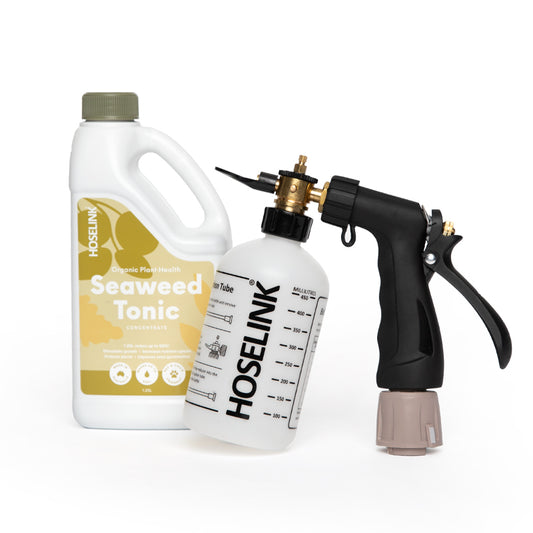
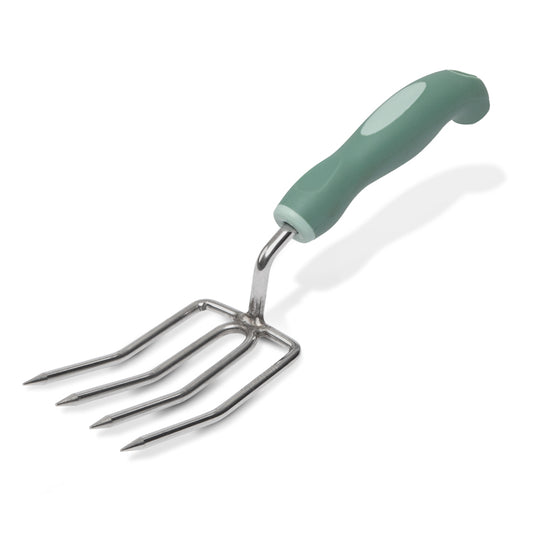
One thing to remember when it comes to repairing damage after heavy rainfall is that a great deal of your plants and lawns’ nutrients will have been washed away, so we must take this into consideration. Furthermore, there may be some damage occurring below the surface, which can be hard to diagnose.

Repairing the lawn
The lawn is usually a pride and joy of a family home (especially for dads!) So here are some tips for getting it back to being as lush and green as possible. The first step is to ensure the lawn is getting enough sun. While we can’t control the weather, we can ensure that there aren’t any low hanging branches casting any unnecessary shade. The next step is to aerate your lawn; you can hire or purchase an aerator, but you can also use a chopstick as an alternative, especially if you only have a small patch. Chopsticks are great for this as you are less likely to damage the root system underneath and cause any further damage. The next step is to reduce traffic on your lawn, this means potentially removing furniture items until the lawn is looking healthy again, as well as avoiding parking on the lawn or any other heavier objects being placed on it (foot traffic included). While using a fertiliser is important, it is crucial to use a Seaweed Tonic first, ensuring the lawn gets its ‘plant medicine’, as Ben calls it!
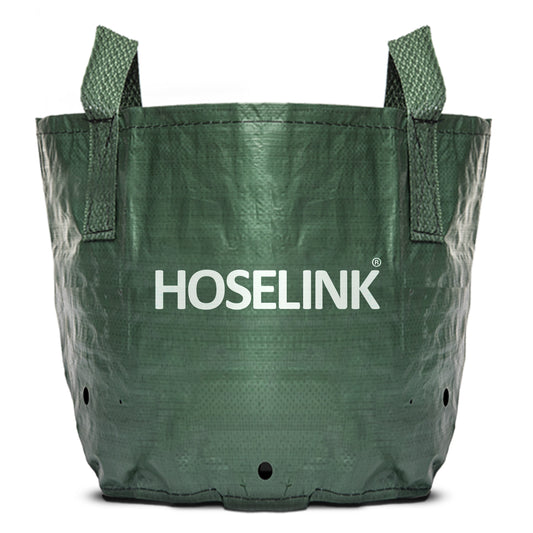
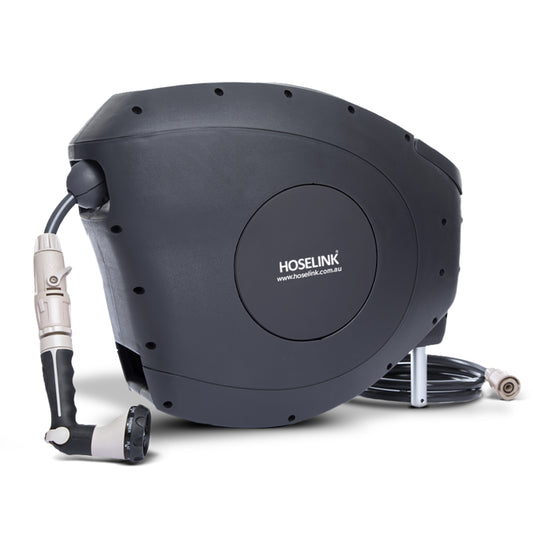
Patience is an important exercise in restoration but, when your lawn is finally ready, feed it with pellets to stimulate new growth and have your lawn looking lush again.
To learn more about lawn care, you can check out our blog on Top 10 Tips for a Greener Lawn, or, check out our Spring Lawn Care Tips from our YouTube Get Out & Garden series.

Restoring plants and flowers
Plants, whether they are in a pot or in the ground, can be subject to several issues after heavy rainfall. One of these issues is root rot and, according to Ben, it can be nearly impossible to spot. You’re best to purchase an anti-rot mix from your local Bunnings or hardware store. Beyond that, a prune back can help plants recover and have plenty of airflow, this is particularly important when there is still lingering dampness. A prune back will also encourage new growth to your plants and help prevent disease. In some cases, re-potting your plants may be required. It is important that if soil has become compacted, you re-pot rather than pouring more soil on top. And, as Ben always says, paying the extra few dollars for premium soil is going to be well worth it in the long run too.
Keep an eye on your pot plants and ensure you provide them with the additional drainage they may need. Once again, hit your plants and flowers (those in pots or in the ground) with some Hoselink Seaweed Tonic before fertilising.
Some of your taller plants or small trees may be looking a bit weak. If they haven’t snapped, use a stake to provide them support whilst they recover after the rain. You can find out how to properly stake a tree in Ben’s video.
If you’re a flower lover, unfortunately, there isn’t too much that can be done. That’s why soil preparation is important. Good drainage will assist in recovery for your precious blooms.
Repairing the ground
If you do have things planted in the ground, mulching is a great step to take after heavy rain. This will help protect what’s left by recovering any exposed roots and, furthermore, assisting with drainage when future rainfall occurs. To learn more about mulching, you can check out the Mulching Masterclass video from our Get Out & Garden series by clicking here.
While it might feel hard to believe, you will need to water after heavy rain! According to Ben, it's helpful to use a trowel or garden knife and stick it in the ground roughly 10 millimetres down. If the soil is still moist, you know it isn't time to water yet. Check again a few days later, this time, if 50 or 60 millimetres deep. If it's dry, that's a good sign you can water again. If you have mulched over your garden, make sure you are checking beneath this to reach the soil and get an accurate understanding of your soil's dampness.
When you do begin watering again, ensure it is done gently and evenly. Find an appropriate routine again based on the forecast and conditions you are in, based on where you live. Using the mist setting on Hoselink sprayers, or a sprinkler will also cover all your watering needs.

Preparation for rain
Whilst we hopefully won't have another season of this heavy rain, prior preparation is crucial to minimise the damage the rain can cause, if you’re lucky enough to get ahead that is!
One factor that can be forgotten about is that, when there is heavy rain, there can often be strong winds accompanying it. Pruning is an effective way to reduce the impact of wind by removing the dead or weak branches. Removing unnecessary branches stops your plants and trees from toppling over by limiting the resistance to wind. Don’t worry if you do end up with some broken at the end, just prune them back as soon as possible so your plant isn’t expelling precious energy trying to repair it.
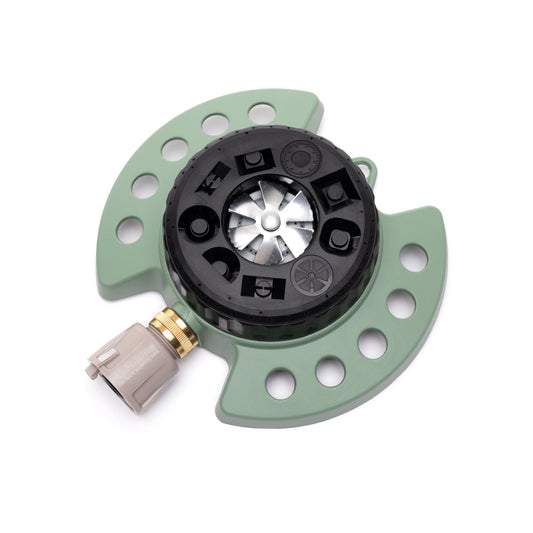
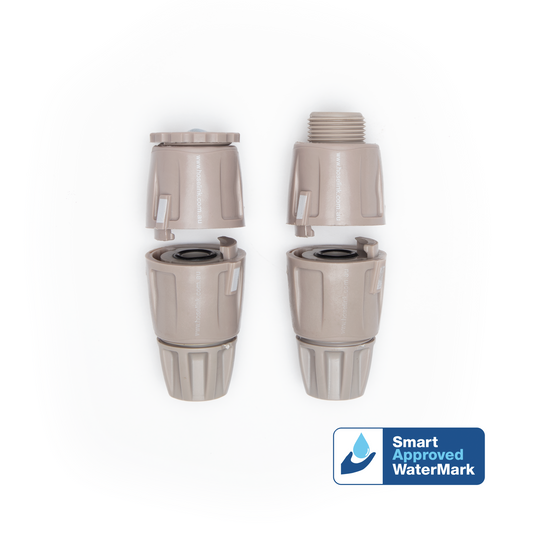
Ensuring there are enough water run-off points around your home and garden is also important. This will limit the amount of build-up of water and get your garden back on its feet quicker. If you do find yourself in a situation where water is pooling up quickly, simply try to get air to your plants as soon as possible and give them plenty of time to recover before watering again (don’t forget to turn off your sprinkler system if it's automated!) One easy way to prepare your soil is by mulching, this can be done by using old or dead leaves. Mulching will also help the excess water evaporate faster after the rain has cleared, plus they add great organic matter. Fallen leaves can be a pain to clear from your garden, but they are always beneficial to hold on to! If you’re looking for an easy way to store them, check out Hoselink’s range of Planter Bags, they double as storage for collected garden waste and, of course, planting.

If you have any plants that are particularly delicate, don’t forget to offer them shelter if you can, move the pots somewhere more protected or use a tarp to cover a larger area.
We hope this blog has been helpful in recovering your garden!
N.B. This blog has been written for Australian audiences. If you are reading from somewhere else in the world, we hope it has been a useful stepping stone in your research.

